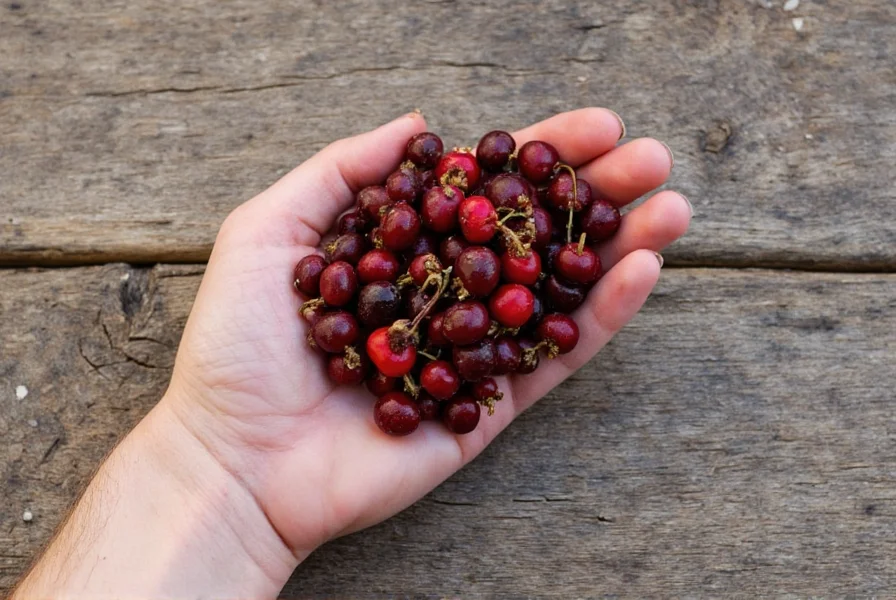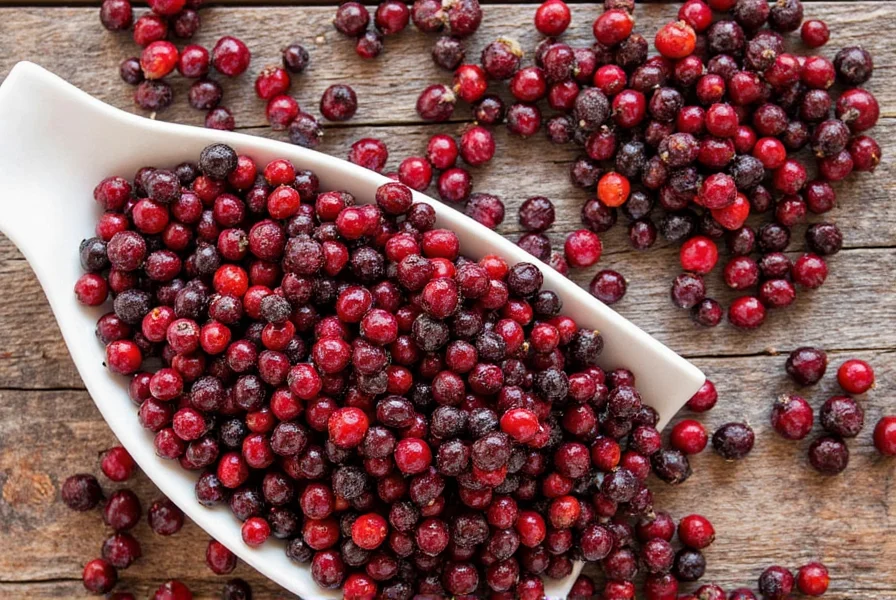Understanding whole allspice berries begins with recognizing their unique botanical identity. These small, dark brown berries measure approximately 5-7mm in diameter and contain two hard seeds. When harvested unripe and sun-dried, they develop the complex flavor profile that has made them indispensable in Caribbean, Middle Eastern, and European cuisines for centuries.
What Makes Whole Allspice Berries Special
The magic of whole allspice berries lies in their chemical composition. Eugenol (also found in cloves), camphor, and caryophyllene create that distinctive warm, sweet-spicy flavor. Unlike pre-ground allspice, the whole form preserves these volatile oils, delivering significantly more intense aroma and flavor when freshly ground or used in slow-cooked dishes.
Chefs and home cooks seeking authentic Jamaican jerk seasoning, perfect pickling spice blends, or traditional Middle Eastern baharat understand that using whole allspice berries rather than pre-ground makes a noticeable difference in final dish quality. The extended shelf life of whole berries—up to three years when properly stored—compared to six months for ground allspice further demonstrates their practical advantage.
Flavor Profile and Culinary Applications
Whole allspice berries offer a complex flavor spectrum that evolves during cooking. Initially presenting warm, sweet notes similar to baked apples, they develop deeper savory characteristics as they simmer. This transformation makes them particularly valuable in dishes requiring extended cooking times.
When considering how to use whole allspice berries in cooking, several techniques prove most effective:
- Infusion method: Add 4-6 berries to braising liquids, soups, or stews during the last 30-60 minutes of cooking
- Dry toast technique: Lightly toast berries in a dry skillet before grinding to intensify flavors
- Pestle and mortar approach: Crush berries just before use for maximum aromatic impact
- Pickling essential: Include 1-2 berries per jar for traditional spiced pickles
For baking applications, many professional bakers recommend the best way to use whole allspice berries is to create a simple syrup infusion. Steep 8-10 berries in one cup of warm simple syrup for 2-3 hours, then strain before incorporating into cake batters or pastry fillings.
| Characteristic | Whole Allspice Berries | Ground Allspice |
|---|---|---|
| Shelf Life | 2-3 years (properly stored) | 6 months |
| Flavor Intensity | Maximum (freshly ground) | Moderate (diminishes over time) |
| Best For | Braising, pickling, infusions | Quick baking, spice rubs |
| Grinding Required | Yes (for most applications) | No |
Proper Storage Techniques for Maximum Freshness
The best way to store whole allspice berries involves understanding their sensitivity to environmental factors. Light, heat, and moisture rapidly degrade their essential oils. For optimal preservation:
- Transfer berries from flimsy store packaging to an airtight glass or metal container
- Store in a cool, dark cupboard away from stove or oven heat
- Maintain consistent temperature (avoid refrigerator storage which introduces moisture)
- Check periodically for any signs of moisture or mold
When properly stored, high-quality whole allspice berries should retain their characteristic aroma for 2-3 years. To test freshness, crush a single berry between your fingers—the immediate release of warm, spicy fragrance indicates peak quality. Berries that produce little aroma likely have diminished flavor potential.
Substituting Whole Allspice Berries When Unavailable
While nothing perfectly replicates the nuanced flavor of whole allspice berries, understanding whole allspice berries substitutes helps maintain recipe integrity when they're unavailable. The ideal substitution depends on your specific application:
- For slow-cooked dishes: Use equal parts cinnamon, cloves, and nutmeg (1:1:1 ratio)
- For baking applications: Substitute ¾ teaspoon ground allspice per 6 berries called for
- For pickling: Combine ½ teaspoon each of cloves, cinnamon, and nutmeg per teaspoon of whole berries
Important note: When substituting ground allspice for whole berries, remember that ground spice delivers more immediate flavor impact but lacks the gradual flavor release of whole berries during cooking. Adjust quantities accordingly to prevent overpowering your dish.

Buying Guide: Selecting Quality Whole Allspice Berries
When shopping for where to buy whole allspice berries, focus on these quality indicators:
- Appearance: Look for uniform dark brown color without black spots or signs of mold
- Aroma test: Crush one berry in the store—if you detect immediate fragrance, they're fresh
- Size consistency: Berries should be similar in size (5-7mm diameter)
- Purchase quantity: Buy only what you'll use within 6 months for home kitchen applications
Specialty spice shops typically offer superior quality compared to standard grocery stores, as they maintain higher turnover rates. Online retailers specializing in culinary ingredients often provide detailed origin information and harvest dates, which can help assess freshness. For authentic Jamaican recipes, seek berries specifically labeled as "Jamaican pimento" for the most traditional flavor profile.

Common Questions About Whole Allspice Berries
Can you eat whole allspice berries directly?
No, whole allspice berries should not be eaten directly as they're extremely hard and can damage teeth. They're meant to be used as a flavoring agent in cooking and removed before serving, or ground into powder for consumption.
How many whole allspice berries equal one teaspoon of ground allspice?
Approximately 6-8 whole allspice berries will yield one teaspoon of freshly ground allspice. The exact number varies slightly based on berry size and grinding method, with mortar and pestle grinding typically requiring slightly more berries than electric spice grinders.
Why use whole allspice berries instead of ground?
Whole allspice berries retain their essential oils and flavor compounds much longer than pre-ground spice. Ground allspice loses up to 75% of its volatile oils within six months, while properly stored whole berries maintain peak flavor for 2-3 years. For dishes requiring extended cooking times, whole berries provide a more gradual, complex flavor release.
What's the difference between allspice and mixed spice?
Allspice is a single spice derived from Pimenta dioica berries, while mixed spice is a British blend typically containing cinnamon, coriander, caraway, nutmeg, and sometimes allspice. Despite its name, allspice is not a blend but a single ingredient that naturally combines flavors reminiscent of several spices.
Can you grow an allspice tree from whole berries?
Yes, but with important considerations. The berries used for spice are harvested unripe and dried, making them unsuitable for planting. To grow an allspice tree, you need fresh, ripe berries from a mature Pimenta dioica tree. The seeds require specific tropical conditions (USDA zones 10-11) with high humidity and cannot survive temperatures below 50°F (10°C).











 浙公网安备
33010002000092号
浙公网安备
33010002000092号 浙B2-20120091-4
浙B2-20120091-4